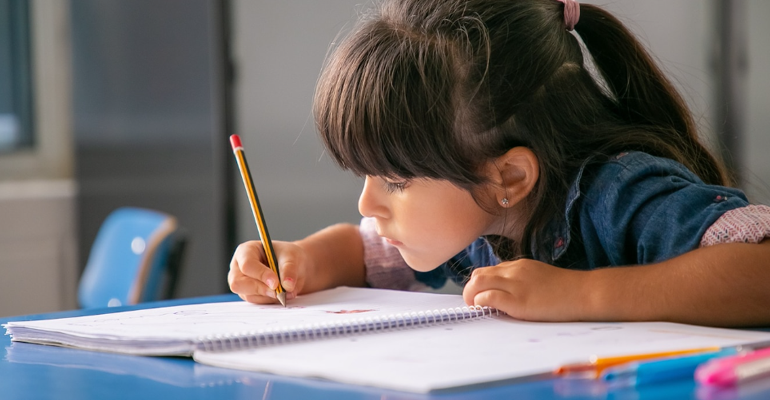Girl Child Education
India still has a long way to go before achieving gender equality, as seen by the country's lopsided sex ratio of 940 girls to every 1000 males. In India, a girl child is frequently considered as a liability or a "burden" to be passed on. Given the dominating impact of patriarchal values, many girls experience gender inequity, gender stereotypes, and poorer treatment when compared to boys. The girl kid frequently ends up on the short end of the stick, regardless of how talented and motivated she is. Many girls are kept at home and not sent to school out of fear of exploitation and abuse, only to be married off at an early age. Even if the young girl is not married off, she is still denied the same opportunity for a great education, good healthcare, job, and equal rights as a boy. While some females are able to "escape" the chains and work toward a successful future, the majority accept their unfortunate circumstances. How can we expect India to advance if half of our society continues to experience discrimination?
First and foremost, there is survival.
Despite regulations that forbid selective abortion and sex-determining of a fetus, this practice persists in secret. This has an adverse effect on both the mother's health and safety as well as the number of females born. The physical and emotional health of a woman suffers when she has multiple pregnancies in the hopes of having a boy because she is held responsible for the baby's sex. Improved knowledge, stricter enforcement, and oversight of the legislation are necessary to ensure the survival of the girl child.
obstacles to obtaining a quality education
According to recent data from the country, girls drop out at a rate of 4.10% in elementary school and 16.88% in secondary school, with the numbers being significantly higher for girls from vulnerable groups (19.05% for SC and 24.4% for ST groups) (U-DISE 2015-16). Girls retain 70.6% more students at the elementary level than at the secondary level (55.5%). (U-DISE 2016-17). Numerous teenage girls have a tendency to become irregular in their attendance at school or drop out before finishing their education because of outdated attitudes toward girls' education, safety concerns, the distance between home and school, the cost of sanitary products, the lack of separate, functional restrooms, and the poor school infrastructure. In India, hardly one in three ladies completes college.
Young marriage
In India, 12.15 million children are married, 8.9 million of them are females, and married women outnumber married men by a factor of three. According to the 2011 Census, 3 million children under the age of 14 are married. Girls from rural areas make about 55% of married children. Child marriage robs girls of their childhood as they step into adult roles that they are unprepared for – be it managing households, bearing children, making decisions and so on. It not only hampers her schooling but also pushes young girls into early pregnancy which harms the health and nutrition of the teenage mother as well as her child.
Abuse, violence, and security issues
A girl child is an easy target and frequently the victim of domestic violence and abuse, which frequently goes unreported. Parents in remote areas are hesitant to send their daughters to school out of concern for their safety. Kidnapping, abduction, and sexual assaults against children were among the top two crimes against children, according to the National Crime Records Bureau's most recent data. Girls under the age of 18 made up 28% of all rape victims, and in 2018, 70% of all reported missing children were female.
What difference is Vatavriksh making?
Through its numerous efforts, Vatavriksh is dedicated to giving girl children more power. Through concerted efforts, about 1,74,163 kids between the ages of 6 and 18 were enrolled in schools. Donate right away to support Vatavriksh's efforts to guarantee that every Indian girl child receives the education she deserves.


